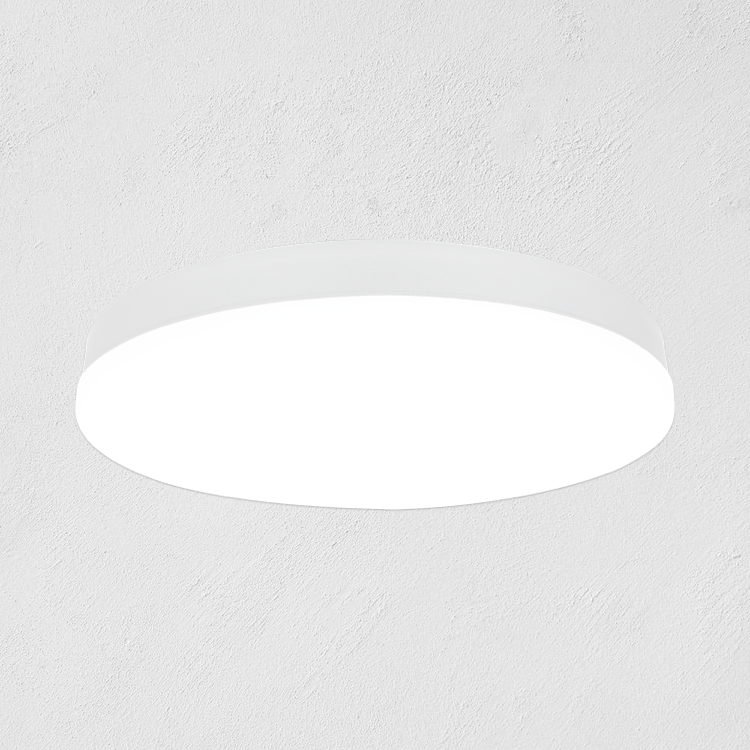Ceiling spotlights have become an integral part of modern interior design, offering a sleek and efficient way to illuminate spaces. Whether you are looking to highlight specific areas, create ambient lighting, or add a touch of sophistication to your home, ceiling spotlights provide versatile solutions. This article delves into various aspects of ceiling spot light design, including types, benefits, applications, and tips for selecting the right fixtures.
Types of Ceiling Spot Lights
Ceiling spotlights come in various forms, each suited for different applications and aesthetic preferences:
Recessed Ceiling Spot Lights: Installed within the ceiling, these spotlights provide a seamless and minimalist look. They are perfect for modern and contemporary interiors.
Surface-Mounted Ceiling Spot Lights: These fixtures are attached to the ceiling's surface, making them a flexible option that does not require cutting into the ceiling.
Track Lighting: This consists of multiple spotlights mounted on a track, allowing for adjustable and directional lighting. Ideal for highlighting artwork or architectural features.
Pendant Spotlights: Hanging from the ceiling, these spotlights add a decorative element while providing focused illumination.
Applications of Ceiling Spot Lights
Ceiling spotlights are versatile and can be used in various settings:
Living Room: Use spotlights to highlight artwork, textured walls, or architectural features. Scatter-recessed spotlights throughout the ceiling to create a well-lit and inviting atmosphere.
Kitchen: Install spotlights under cabinets or over countertops to provide focused lighting for cooking and food preparation. Combine track lighting with recessed spotlights to achieve a balanced and functional lighting scheme.
Bedroom and Bathroom: Use directional spotlights to create a cozy and relaxing ambiance in the bedroom. Install spotlights over the sink or vanity in the bathroom for clear and focused illumination.
Trends in Ceiling Spotlight Design
Ceiling spotlight design has evolved significantly in recent years, embracing both aesthetic and technological advancements. Here are some popular trends:
Layered Lighting: Layered lighting involves using multiple light sources to create a balanced and versatile illumination scheme. The layered lighting trend is not limited to just ceiling spotlights but includes a mix of recessed lighting, pendants, sconces, and lamps. The goal is to enhance both the functionality and beauty of a space by combining different types of lighting.
Bespoke Designs: Customization is a key trend in 2024, with a growing preference for bespoke lighting solutions. This allows homeowners to tailor their ceiling spotlights to perfectly match their interior decor. Bespoke designs can include unique shapes, colors, and materials, providing a personalized touch that standard fixtures cannot offer.
Smart Lighting Technology: Smart lighting continues to gain popularity, offering features such as remote control, dimming capabilities, and color-changing options. Smart LED lights can be controlled via smartphones or voice assistants, providing convenience and energy efficiency. Smart ceiling spotlights can adapt to different needs and moods, making them a versatile choice for modern homes.
Indirect Lighting: Indirect lighting techniques are being used to create a warm and inviting atmosphere. This can be achieved through backlit fixtures or spotlights that direct light towards walls or ceilings, providing a softer and more diffused illumination. Indirect lighting helps to reduce glare and create a more comfortable environment.
Technological Integration: The integration of advanced technologies, such as motion sensors and adaptive lighting systems, is becoming more common. These technologies allow ceiling spotlights to adjust automatically based on the presence of people or the time of day, enhancing both convenience and energy efficiency.
Ceiling Spot Light Design Considerations
When designing a ceiling spotlight layout, consider the following factors:
Ceiling Type
Flat Ceilings: Both recessed and surface-mounted spotlights work well on flat ceilings.
Sloped Ceilings: Adjustable spotlights are ideal for sloped or vaulted ceilings, allowing you to direct light where needed.
Ceiling Height
Low Ceilings: Opt for low-profile or flush-mounted fixtures to avoid clutter and maintain a clean look.
High Ceilings: Pendant spotlights or track lighting can add visual interest and provide adequate illumination.
Purpose of Lighting
General Lighting: Use a combination of spotlights and other fixtures to create a balanced lighting scheme.
Accent Lighting: Focus on highlighting specific areas or objects to add depth and dimension to the room.
Energy Efficiency
Choose energy-efficient LED spotlights for their longevity and cost savings. They come in various color temperatures, allowing you to customize the lighting effect.
Ceiling spot light design offers endless possibilities for enhancing the aesthetics and functionality of your space. By understanding the different types of spotlights, their benefits, applications, and trends, you can make informed decisions to create a well-lit and visually appealing environment. Whether you are renovating your home or designing a new space, ceiling spotlights are a versatile and stylish lighting solution that can elevate any interior.








